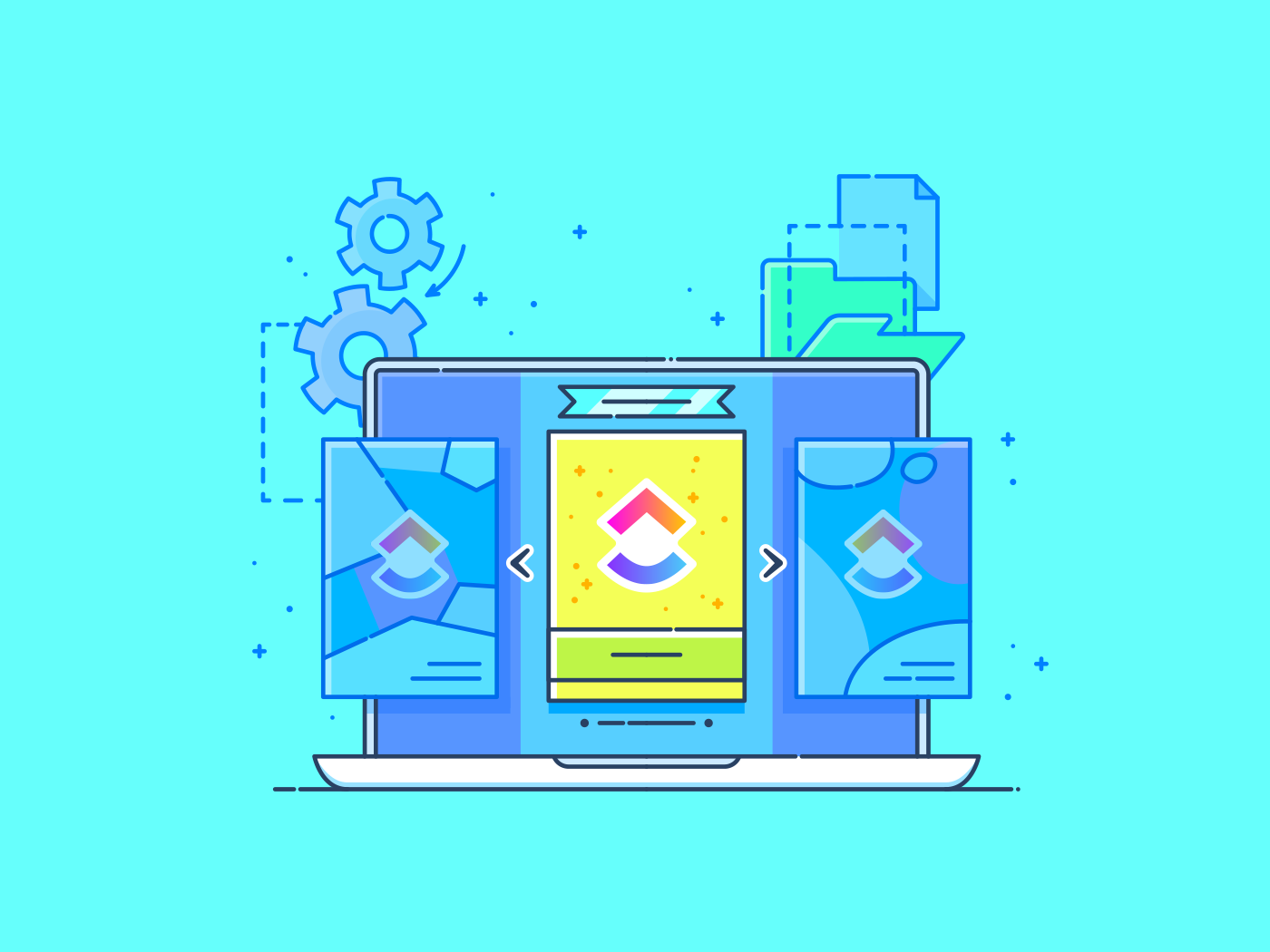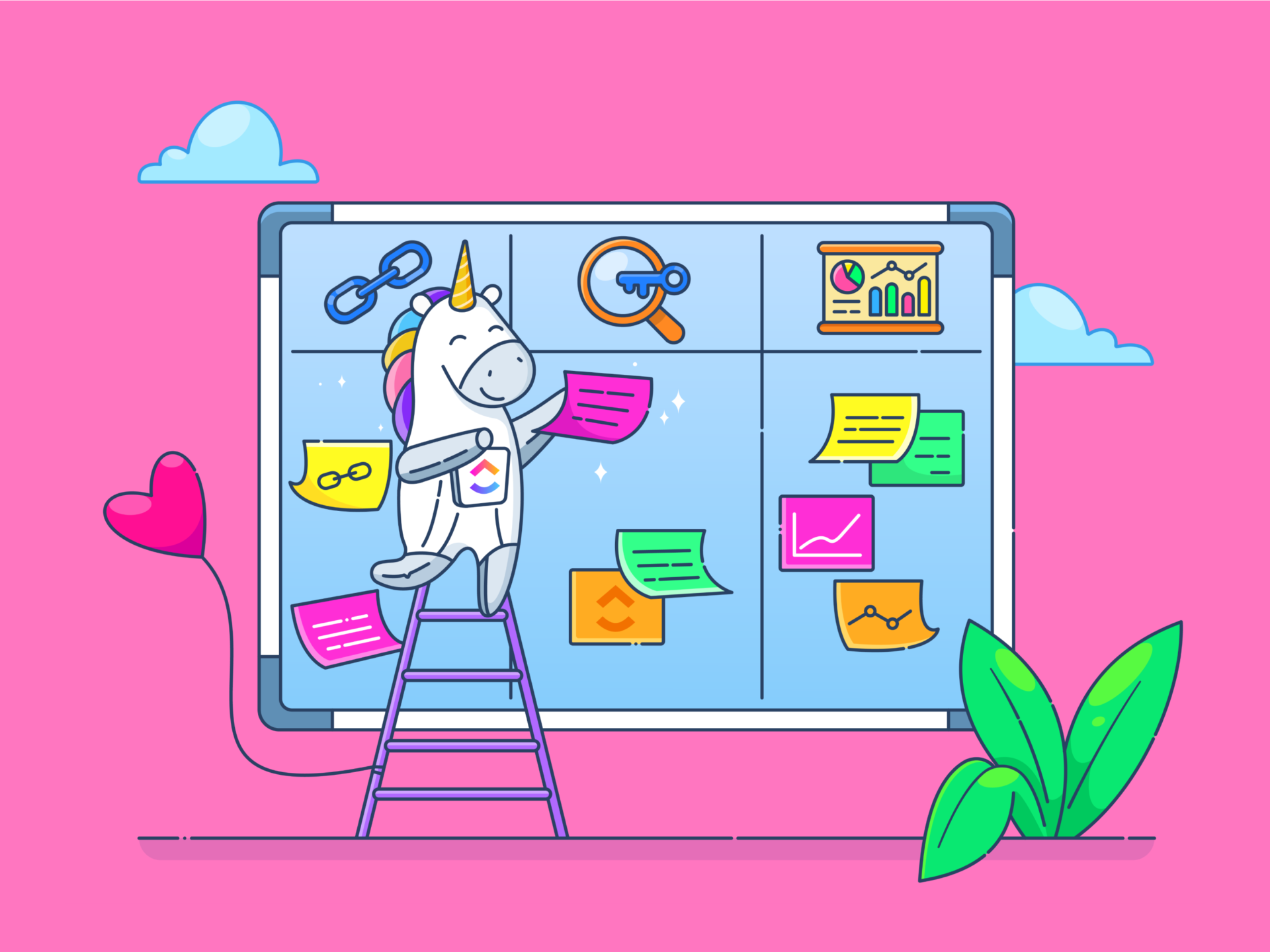#agile
#agile
[ follow ]
fromForbes Advisor
3 years agoHow To Create A Simple, Effective Gantt Chart In Excel
A Gantt chart is a project management tool that helps you visualize timelines for your project at a glance. It lists the project tasks that need to be completed down the left column and dates across the top row. A bar represents the duration of each task, so you can see at once when each task will begin and end. The visual makes it easy to plan a project and set realistic delivery dates because you can assign realistic start and finish dates for tasks that are contingent on the completion of other tasks.
Productivity
fromeLearning Industry
4 weeks agoBest Project Management In eLearning Development 2026
If you've ever been involved in eLearning development, you know that great ideas are only half the battle; the other half is project management. The truth is, even the most creative Instructional Design can fall apart without the right structure, tools, and communication in place. That's why every year we take a closer look at the companies that aren't just building courses, but mastering the art of keeping projects on track, teams aligned, and clients happy.
Online learning
fromMountain Goat Software
1 month agoAgile Is Both Iterative and Incremental
What Is Iterative Development? An iterative process makes progress through refinement. An iterative approach to work starts with a rough version of a feature or product, then improves it through repeated cycles-each one getting closer to the final form. For example, a sculptor who approaches work iteratively might begin by roughly carving a block of stone. With each pass, they would refine the form-adding details, smoothing edges, and continuously improving until the sculpture reaches its final shape.
Software development
fromDevOps.com
4 months agoHow Agile Methodologies and DevOps Practices Shape Custom Software Product Development - DevOps.com
Agile frameworks like Scrum or SAFe help teams rapidly validate ideas with end users. Meanwhile, DevOps practices ensure that validated ideas move safely and quickly through build, test and deployment pipelines.
Software development
fromdzone.com
5 months agoDomain-Centric Agile Modeling for Legacy Insurance Systems
In many insurance transformation initiatives, every team begins by modeling the interface, which involves writing stories for forms, APIs, or dashboards. Legacy systems don't behave on the interface level, though. They act at the process level.
Agile
[ Load more ]







